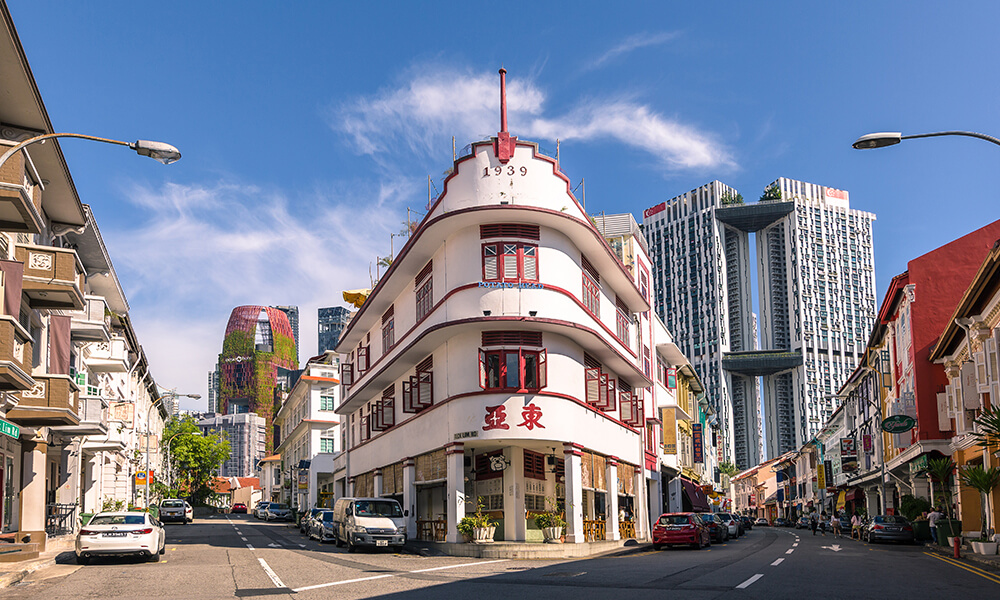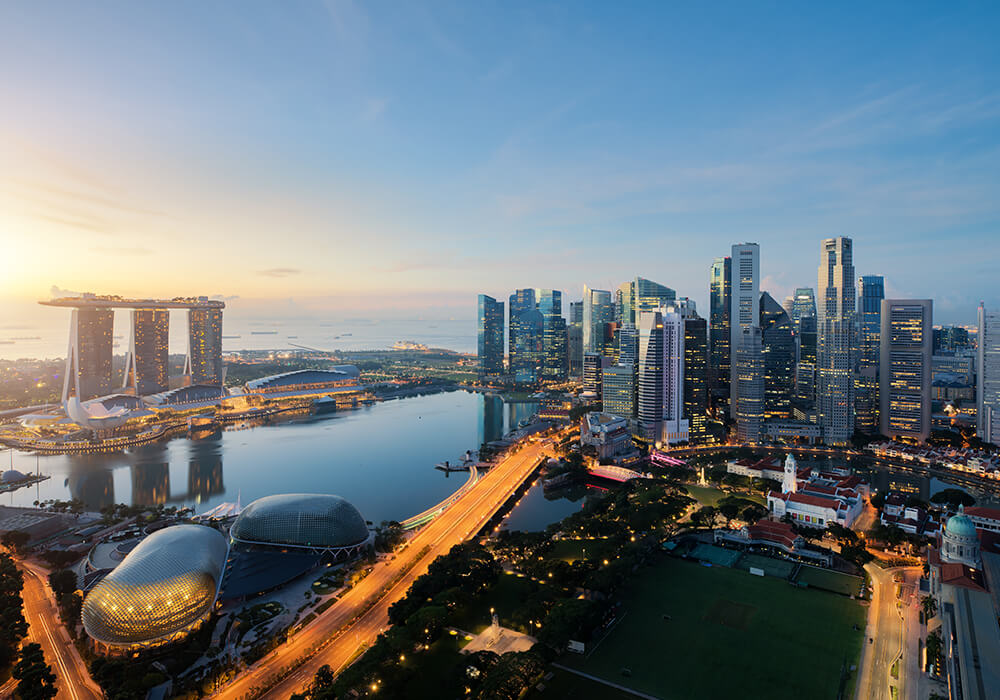Installing solar panels is not only a money saving tactic for users; it’s also beneficial for the environment. In The United States and around the world, the solar industry has discovered effective methods to reduce our carbon-footprints. Another way of reducing our carbon-footprint is by doing everything we can to reduce waste, both on land and in our oceans. While Americans struggle every day to reduce our waste, Singapore has become nearly trash-free, and it all started with an island full of garbage!

Where do they put all that garbage?
Singapore is a tiny island with a booming population of 5.7 million. Most residents don’t take measures to reduce waste despite recycling mandates from the government. It ends up creating tonnes of trash every single day. The government prioritizes creating a beautiful home for its residents and passing tourists. They focus on keeping parks, waters, and open land areas clean of completely free of garbage. All of that garbage must go somewhere, and if it’s not ending up in the water, land, or parks, where does it go?
The island of trash
Pulau Semakau, or Semakau Island, is a picturesque island full of beautiful sights, activities, and vibrant people right off of the main island of Singapore. It also happens to be the world’s first offshore landfill, and is now Singapore’s only landfill. Since being commandeered from the fisherman by the government in 1987 with the objective of turning the island into a waste depot, Singapore has remained nearly spotless.
The history of the island
The construction of the landfill island was divided into three different stages. Phase one began in 1995, and was built at the same time as the Tuas Marine Transfer Station (where Singapore’s waste would soon be transported). Phase two involved a general expansion, and finished in 2015. Finally, and millions of dollars later, a four mile long rock inclosure was built to help increase the capacity and ensure the trash wouldn’t drift into nearby areas. Unfortunately, due to the amount of trash produced in Singapore, the landfill is still projected to be full by 2045 unless further advancements are made.

From trash to ash
Singapore is able to conserve the space in their single landfill by burning any incarcerable garbage they receive. Six massive barges transfer thousands of tonnes of trash to the island each day. The trash is a mixture of 65% ash and 35% non-incarcerable garbage. Since most of the trash being transported is ash, Singapore has largely eliminated the problem of methane generation that occurs when organic matter decays.
In order to support the trash and ash, the landfill pits are lined with an impermeable membrane, then topped with a layer of earth, allowing wildlife to regrow over the area.
This is not the first nor the last we’ll see from Singapore
Singapore has often made decisions to better help the health of their home, and this giant landfill island will surely not be the last innovative solution they propose. Perhaps other countries can learn from Singapore and their methods to keep trash contained. Hopefully, The United States can adjust our trash handling methods to help create cleaner air, water, and land for us and our families.
If you’re ready to take a step for a healthier environment and a happier wallet, call us today to see if solar power is a good fit for your home or business. We’re sure to find the right panels for your needs!





